PoE Switch Explained: What It Is and Why You Need One
![]() Table of content
Table of content
Introduction
Cost savings and power management are paramount for any network environment. Network owners look for dual benefits in the same device to simplify management, installation, and use. In this regard, the PoE switch is an option chosen by many. A PoE network switch offers dual benefits by delivering data and power over a single Ethernet cable. It differs from a traditional switch that connects different devices with a network. In this blog, we will explain the PoE switch, its basic definition, features and benefits, and appropriate use scenarios. Further, we will discuss how it is different from a non-PoE switch and which you prefer for your network. So, let’s read ahead and learn about PoE-powered switches.
What is a PoE Switch?
A PoE switch is a networking device used to connect Ethernet cables to devices that need power. These devices include routers, switches, wireless access points, and more. A power over Ethernet switch connects different devices without requiring any external power source. Unlike a normal network switch, it transfers data and power over a single Ethernet cable.
In a traditional network, a device that is connected to a network requires a power cord and a network cable. Whereas, power and data can both be transferred through only one device: an Ethernet cable. It results in cost savings and efficient power management.
How Does A PoE Switch Work?
A PoE switch works by injecting power into Ethernet cables connected to PoE-compatible devices. It combines both data and power signals on a single cable, like CAT5e or CAT6.
It determines if a device supports PoE and supplies the appropriate amount of power, ensuring non-PoE devices are protected by not sending power to them.
There are different power standards for PoE switches: IEEE 802.3af supplies up to 15.4 watts, IEEE 802.3at (PoE+) provides up to 25.5 watts, and IEEE 802.3bt (PoE++) can deliver up to 60 or even 100 watts, which is useful for devices like PTZ cameras or digital signage that require power.
Besides providing power, the switch also transmits data over the same cable like regular network switches. Moreover, many PoE switches have features to manage power efficiently, allowing them to monitor usage and allocate power dynamically, ensuring that critical devices receive sufficient power when required.
Features and Benefits of PoE Switches
PoE switches have multiple features and advantages for different networking scenarios. Here are some of the core benefits:
Simplicity:
Installing and configuring PoE network switches is a simple process. The majority of PoE network switches are plug-and-play devices, meaning complex configuration or wiring is not required. In addition, the switches have built-in functions that can facilitate network management, like port mirroring, VLANs, and QoS (Quality of Service).
Cost-Efficiency:
The energy efficiency of PoE switches is an additional advantage. PoE network switches can be set up to supply all of the power required for every connected device, which lowers energy expenses and saves money over time.
Flexibility:
PoE-powered devices are easy to transport to locations without power outlets. PoE switches can therefore be positioned farther away from a power supply or in hard-to-reach areas.
Different Types of PoE Switch
The Unmanaged PoE Switch
For smaller installations, an unmanaged PoE switch is a simple plug-and-play option. Its configuration is simple and easy to use. It is best suited for applications with minimum network complexity, such as home networks or small-scale environments with less than 5–10 machines, but it lacks customization, management facilities, and security options.
The Managed PoE Switch
Managed PoE switches are excellent in situations requiring accurate network control because of their sophisticated features. They are perfect for applications like enterprise networks, data centers, and large-scale surveillance systems that need complicated features like VLANs, QoS, port mirroring, and improved port security because they offer increased control and strong security.
Learn more: Managed VS Unmanaged Switch: What Is The Difference
Use Cases and Applications of PoE Switch
Due to the quick growth of network-connected devices, PoE switches and technology will become more crucial to the majority of networking infrastructures. Although there are many uses for PoE switches, we primarily cover the three most typical use cases.
VoIP Phones: VoIP phones are PoE devices, meaning that they can be powered down remotely and only require one connection to the wall socket.
IP cameras: PoE switches can be used to connect security cameras, allowing for quick deployment and easy repositioning.
Wireless: A lot of wireless access points support Power over Ethernet. PoE switches thus make remote positioning and easy movement possible.
LED lighting, air conditioning and heating, appliances, voice assistants, and electric vehicle charging stations are examples of smart home automation.
PoE Switch vs Traditional Network Switch: An End-To-End Comparison
| Feature | PoE Switch | Traditional Network Switch |
| Power Supply | Provides power and data over a single Ethernet cable | Only transmits data, no power supply over Ethernet |
| Cost | Expensive due to added power functionality | More affordable with basic data transmission only |
| Installation Complexity | Simplifies installations (no need for separate power lines) | Requires separate power outlets for devices like IP cameras |
| Power Distance Limit | Max power delivery up to 100 meters | Not applicable (handles data only) |
| Use Cases | Ideal for IP cameras, VoIP phones, and wireless access points | Best for basic data networking (e.g., desktops, printers) |
| Power Management | Can intelligently manage and monitor power distribution | No power management features |
| Scalability | Supports both power and data, making it easier to add PoE-compatible devices | May require additional power sources for expansion |
| Energy Efficiency | Often includes energy-saving features like dynamic power allocation | Lacks integrated power-saving functions for connected devices |
PoE Switches and Non-PoE Switch: How To Choose
We have discussed the differences and similarities between a power over Ethernet switch and a normal network. Which one is better for you? It depends on your specific needs and requirements. Make sure you recognize the power requirements and the number of ports your devices will require when you go through your network switch options. After you have a basic idea of how much power you require, you also need to know your power budget. Last but not least, enough power must be supplied to every port by the switch.
Conclusion
The PoE switch is an essential component of a networking system. Chosen wisely, it can bring multiple features to your workplace, resulting in long-term achievements. In comparison to a normal switch, it is easier to use and manage. Besides, it eliminates the need for extra power sources resulting in cost savings. In this blog, we have discussed all important aspects of PoE switches.
Still, if you need further insights or want to explore topics like Ethernet Splitter vs Switch and Ethernet Switch vs Router, you can visit Buyrouterswitch.
Frequently Asked Questions
What is the purpose of a PoE switch?
PoE is a technology that enables network switches to provide data and power over an Ethernet cable at the same time. PoE switches don’t require extra power outlets to deliver power like traditional network switches.
What do I need a PoE switch for?
Instead of requiring separate data and power cords, a PoE switch offers convenience, financial savings, and additional features that may include: IoT devices and access points that can be placed anywhere without requiring close electricity outlets.
When should you use PoE?
PoE switches offer a lot of benefits. You just need one Ethernet cable per device because they support both data and power. When you have limited space for cords and a small number of power outlets, this feature becomes even more helpful. You can arrange the cables with the use of these PoE switches.




 Catalog
Catalog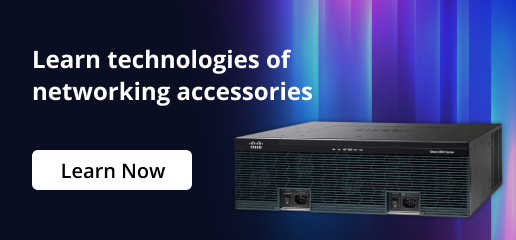

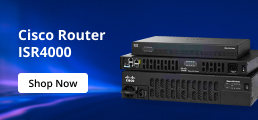
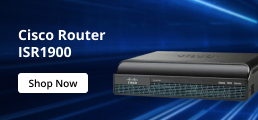
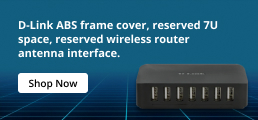
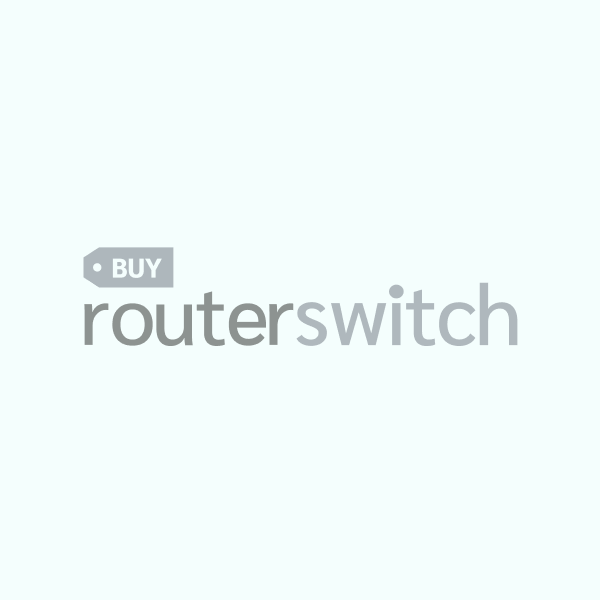
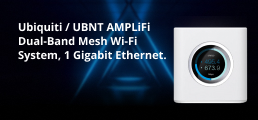

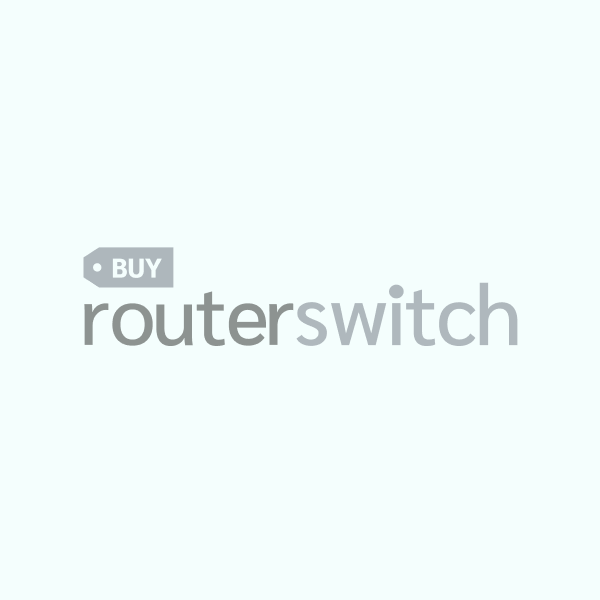
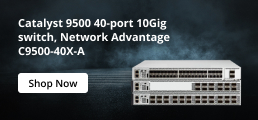
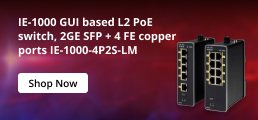
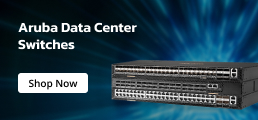
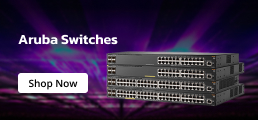
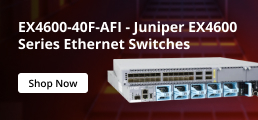
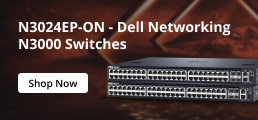
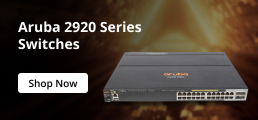
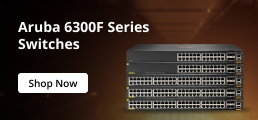
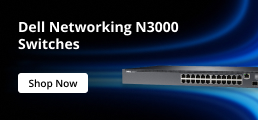
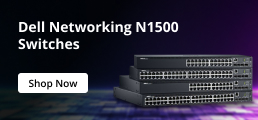
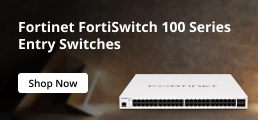

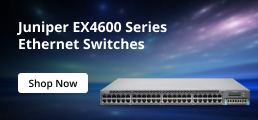
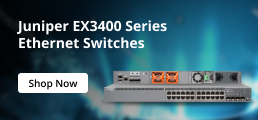
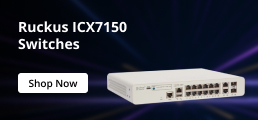
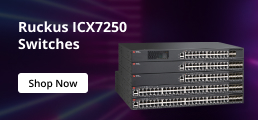
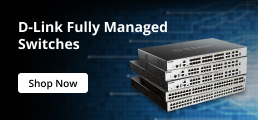
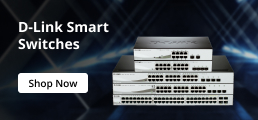
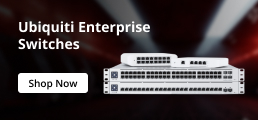
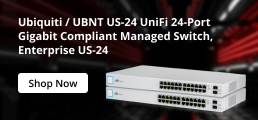
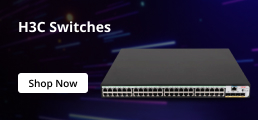
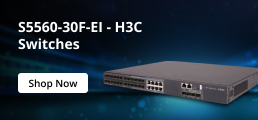
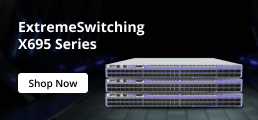
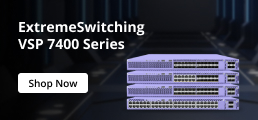
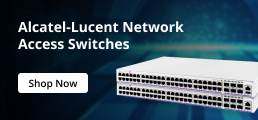
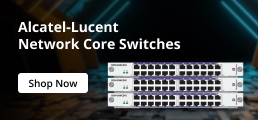
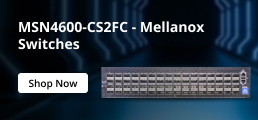
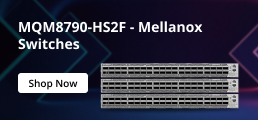

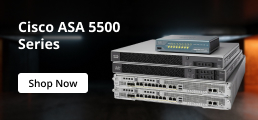

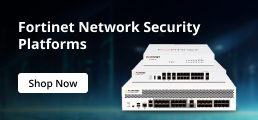

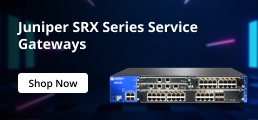
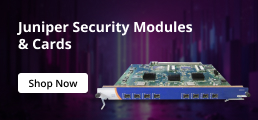
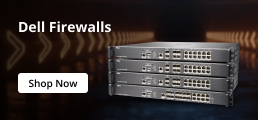
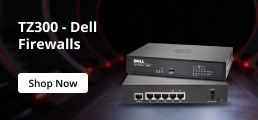
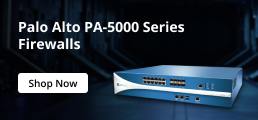

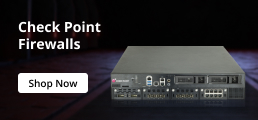
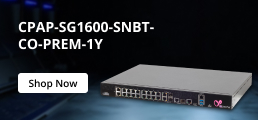
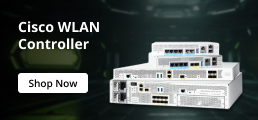
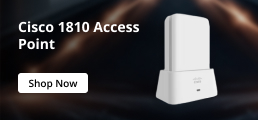

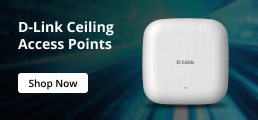






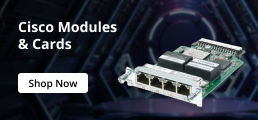
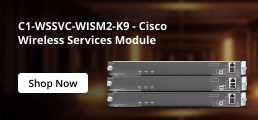


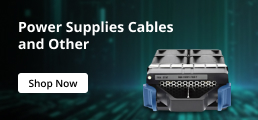
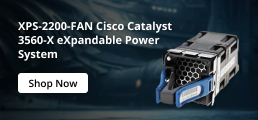
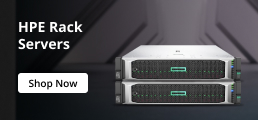
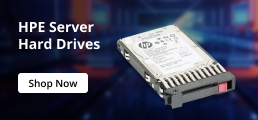
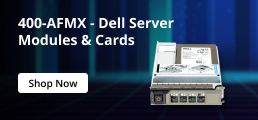

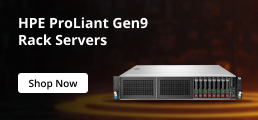
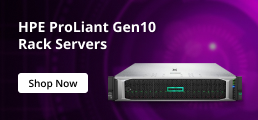
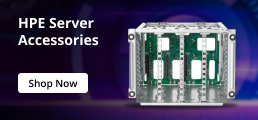
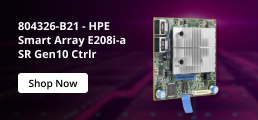
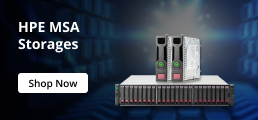
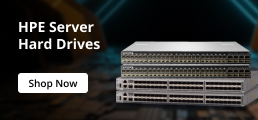
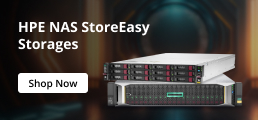
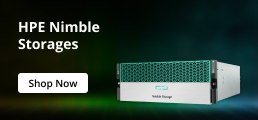
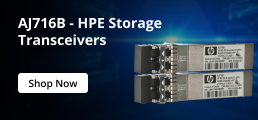


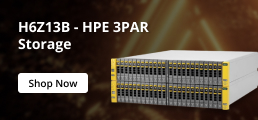
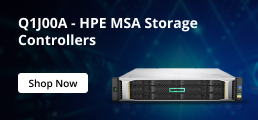
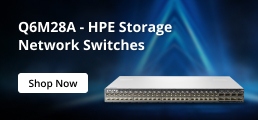

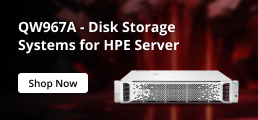


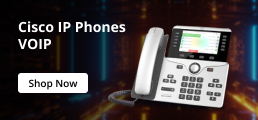
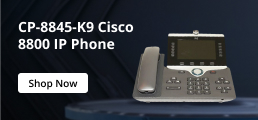
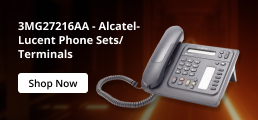



















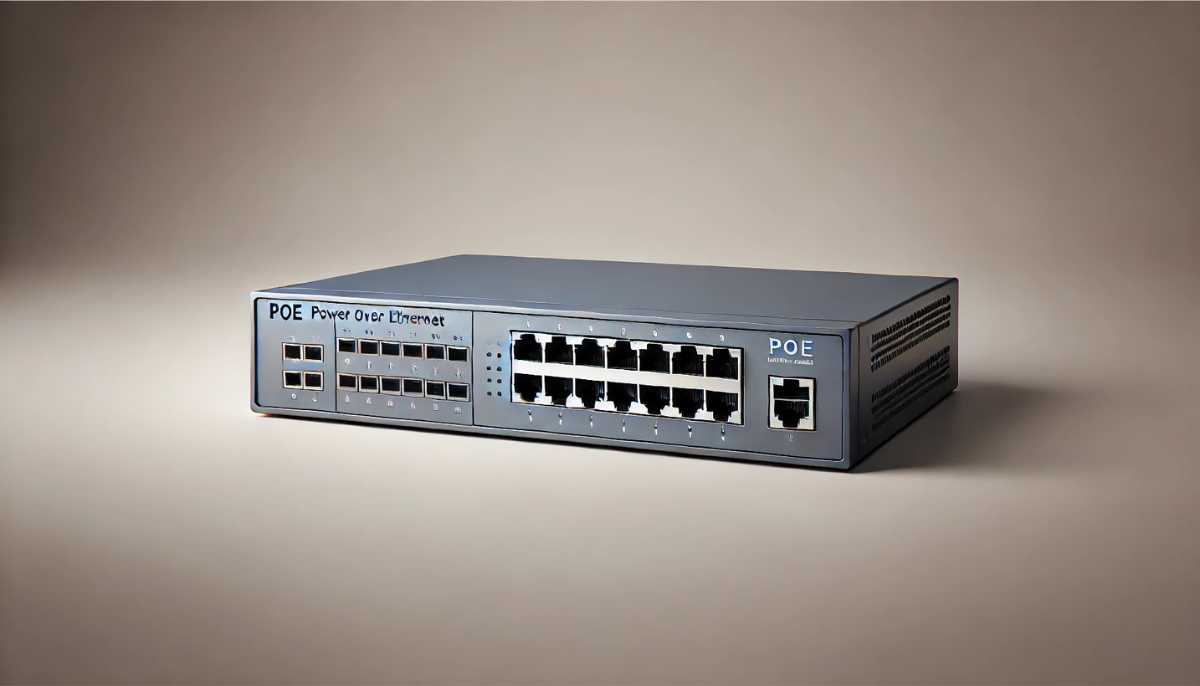
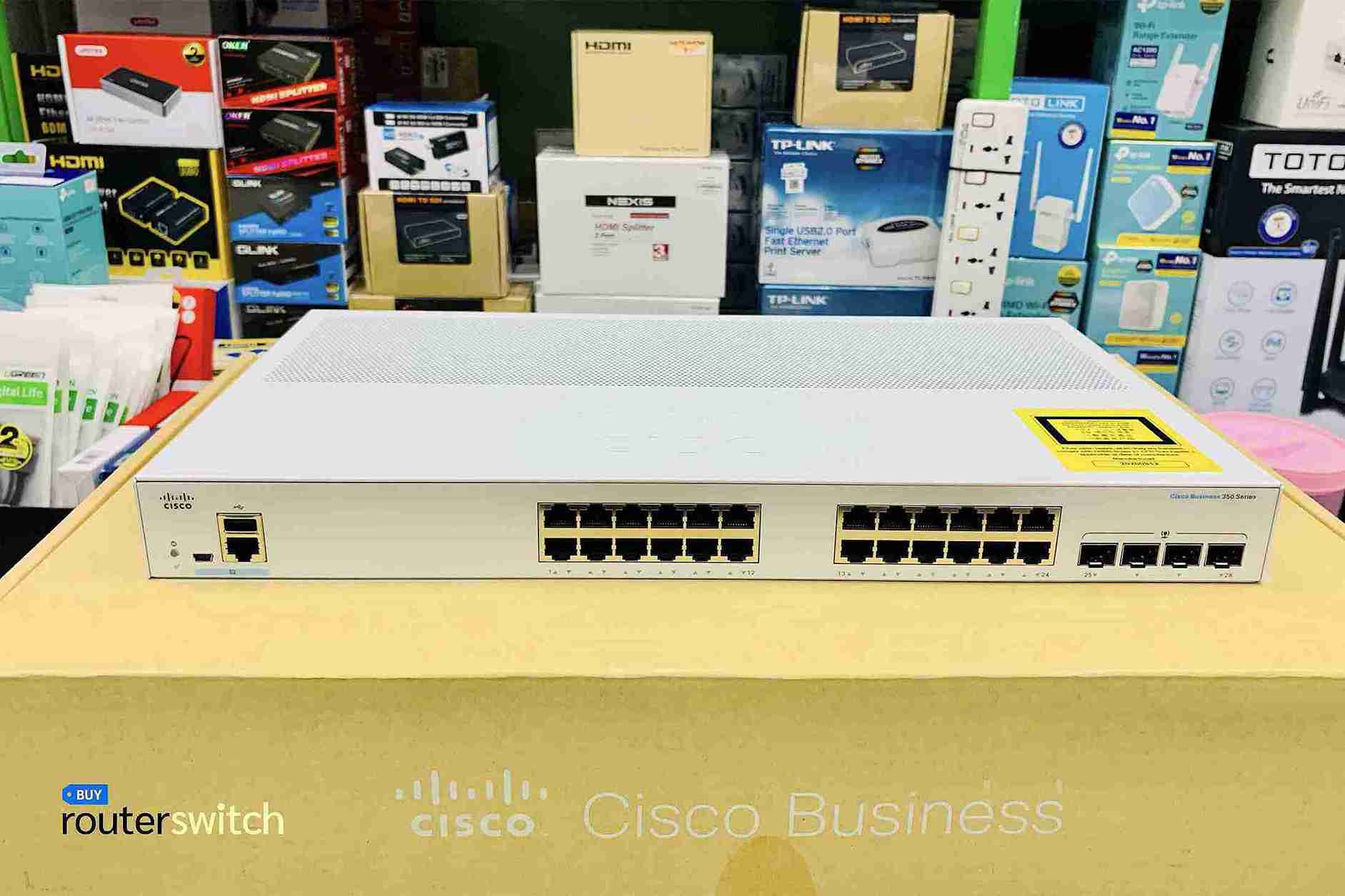

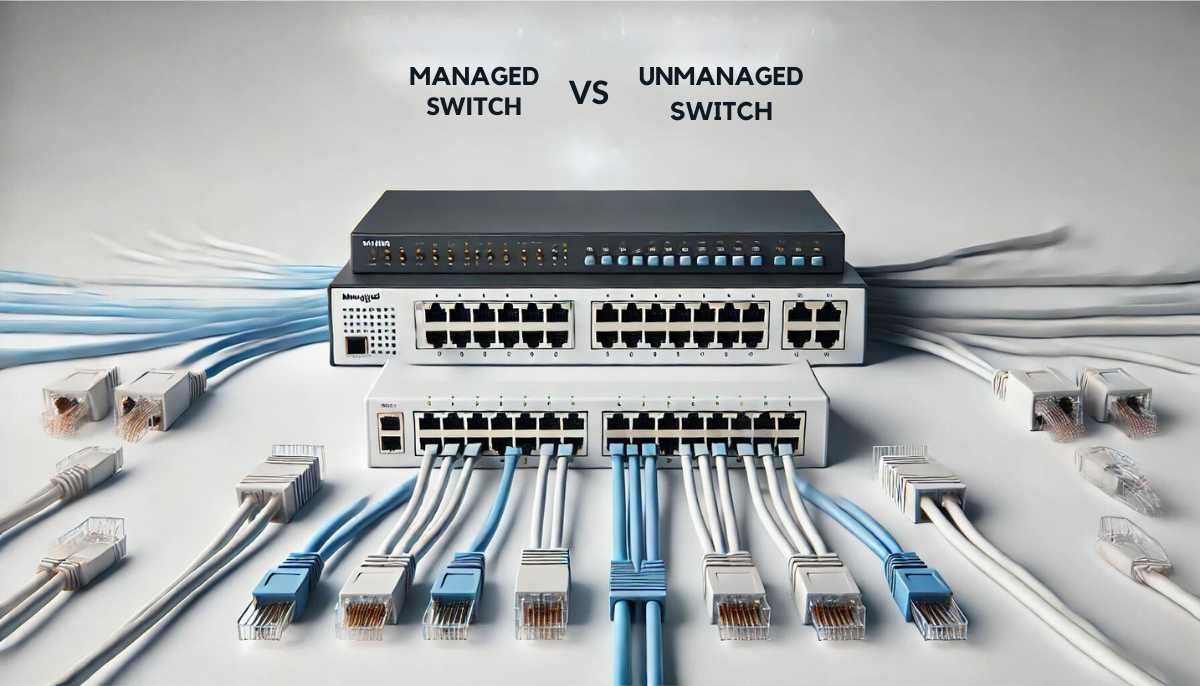




 (800) 870-9487
(800) 870-9487